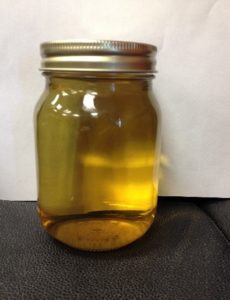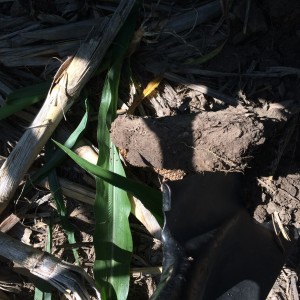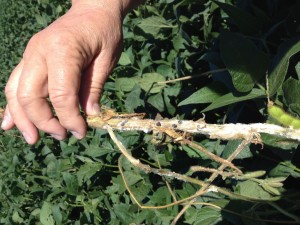Soil Test Before You Make Fertility Decisions
Many farmers are feeling “the pinch” with current commodity prices. One of the best ways to be certain that you are spending your $$ in the best place for the greatest return is to take a soil test. If you have soil tests from any time during the past three years, especially if they were grid or zone samples, they would be recent enough to base decisions for the coming growing season. However, if you don’t have recent soil samples or a history of soil tests from your fields you should consider getting your fields re-tested this fall.
We need to have the same frame of mind in crop nutrition as we do in animal nutrition and feed a balanced ration. That means knowing where all the mineral levels are, not just one or two. It doesn’t cost that much additional to get a complete analysis so be certain to request it. A complete analysis in addition to organic matter, phosphorus (P1 and P2), potassium and pH should include CEC, % Base Saturation, Sulfur, Zinc, Manganese, Iron, Copper and Boron. If you are sampling by zones you may consider only doing one complete analysis within each soil type. Tests for nitrates are beneficial in the drier regions where it is less likely to leach. Samples for nitrates should be to a depth of 24 inches.
A doctor wouldn’t give you a prescription for an illness without first doing some tests and most likely quite comprehensive tests. A prescription for crop production should be no different. After getting a soil test be sure that you have someone who is qualified to interpret the results. There is a large amount of information that can be gleaned from a soil test and yet many times the recommendations are looked at by an advisor with no regard for the actual analysis. If you need assistance in understanding your soil tests, knowing what the numbers mean, and how they relate to what soil conditions you have and how your crop is performing, give the soils specialist at Soil Solutions a call.
Soil tests are not just for making fertility recommendations; they are also a useful tool in understanding why you have differences across your field and how to better manage your soils.







